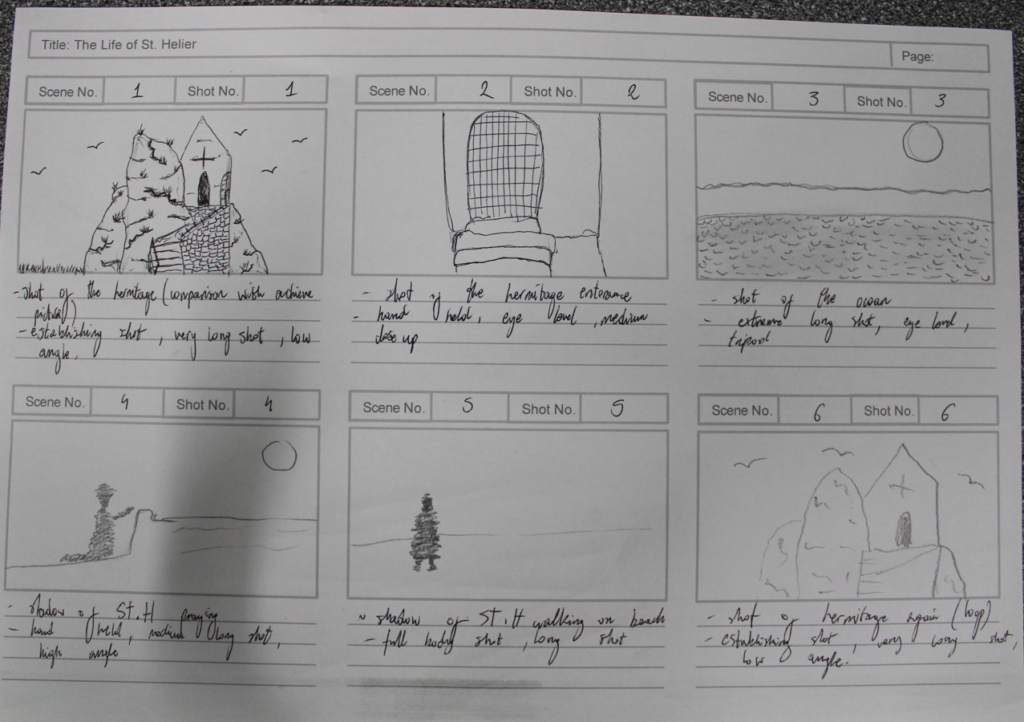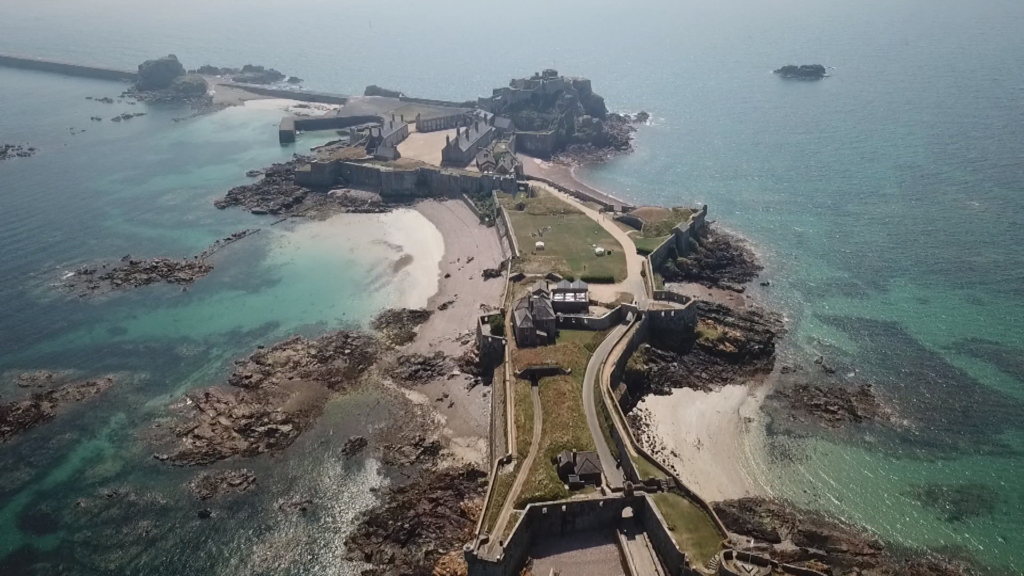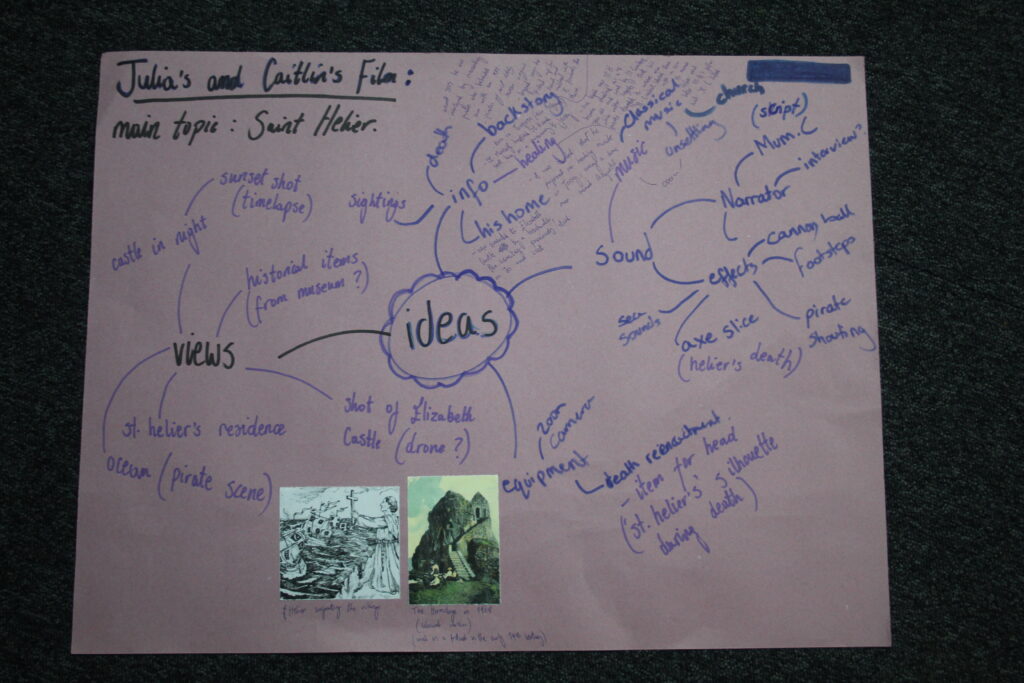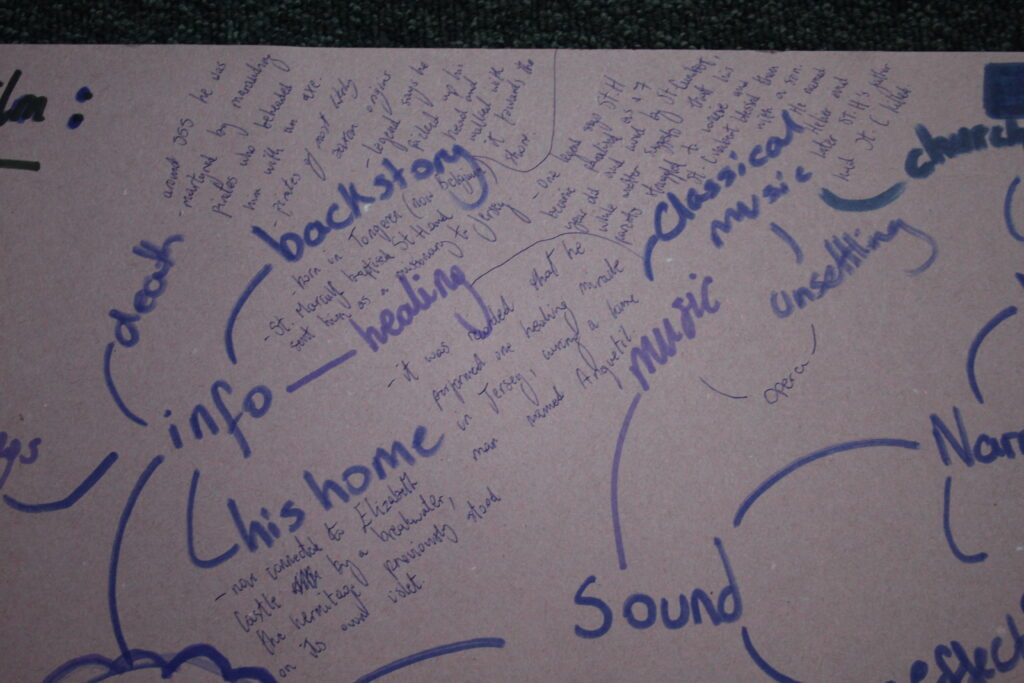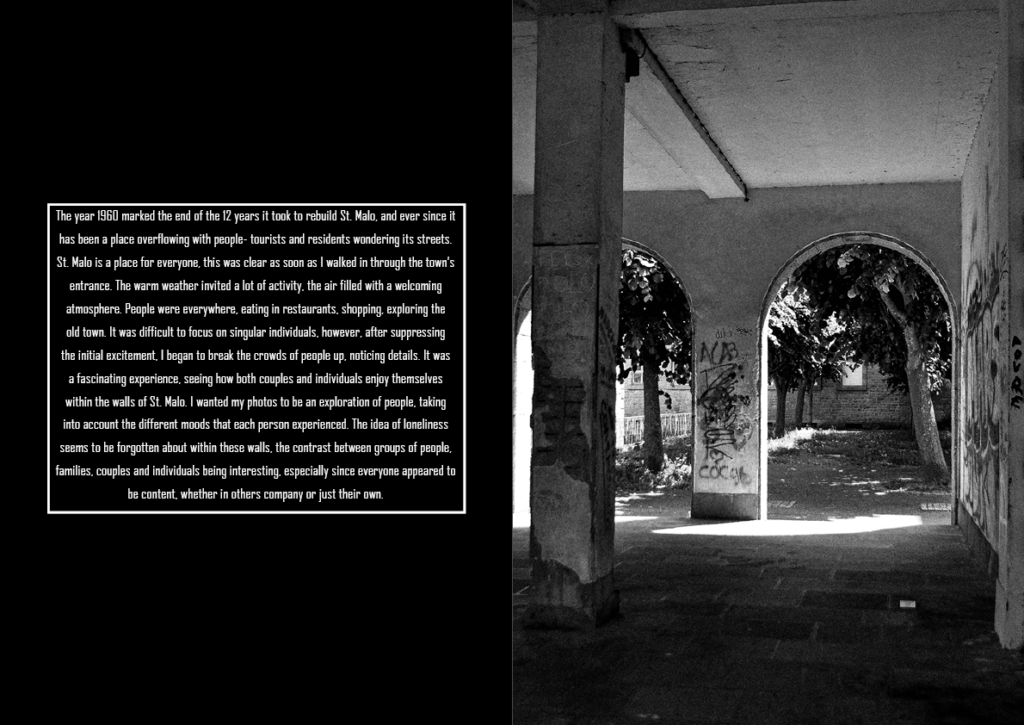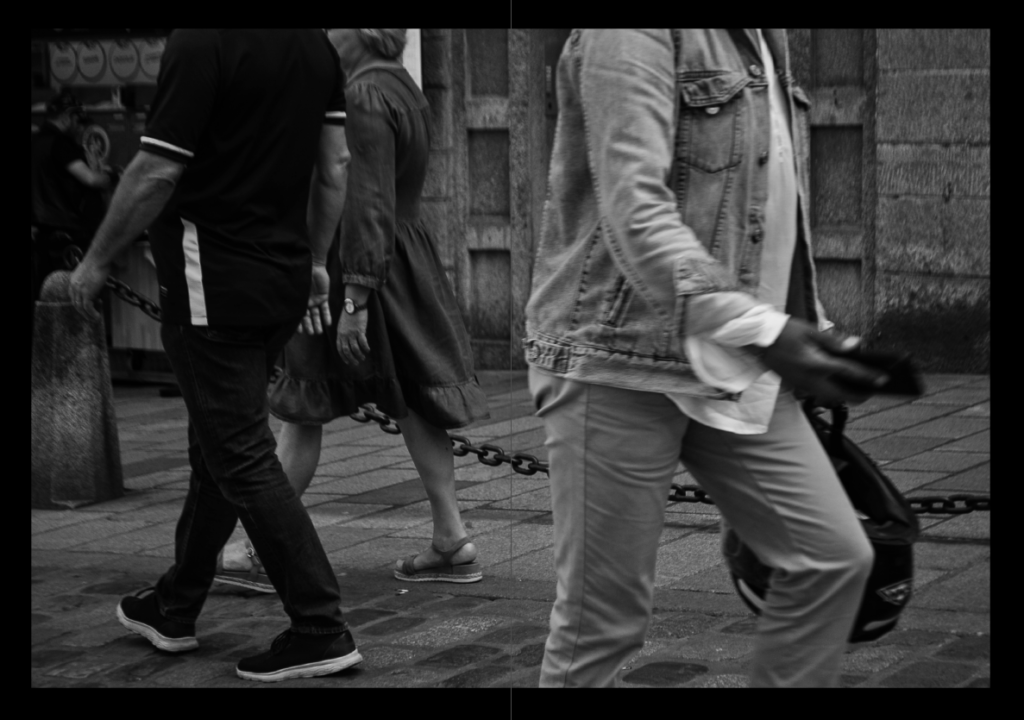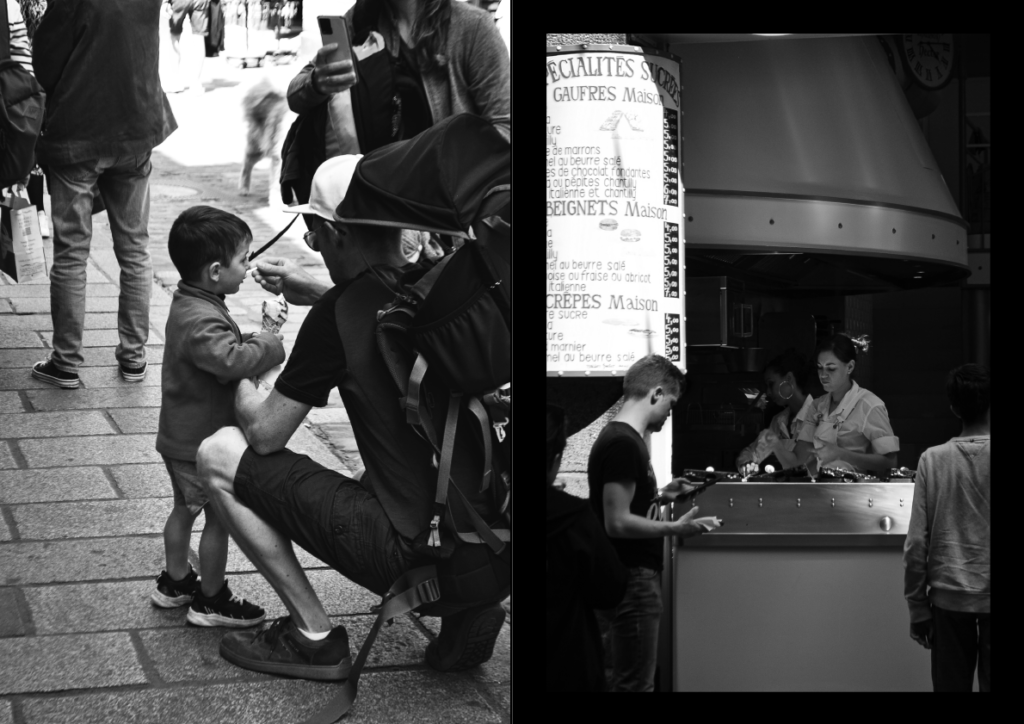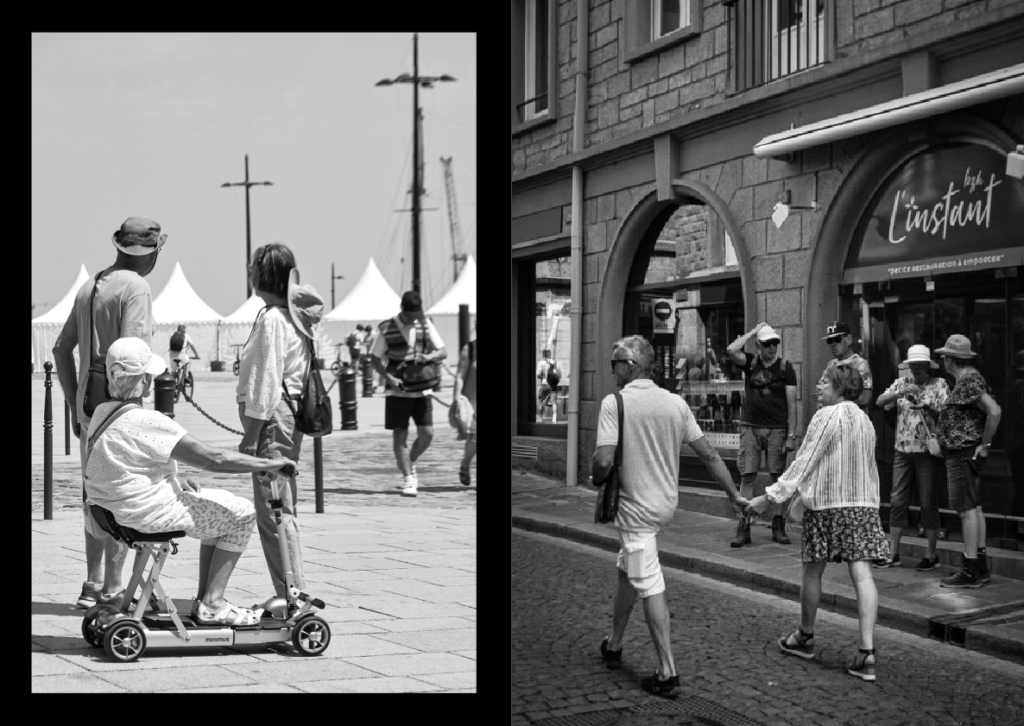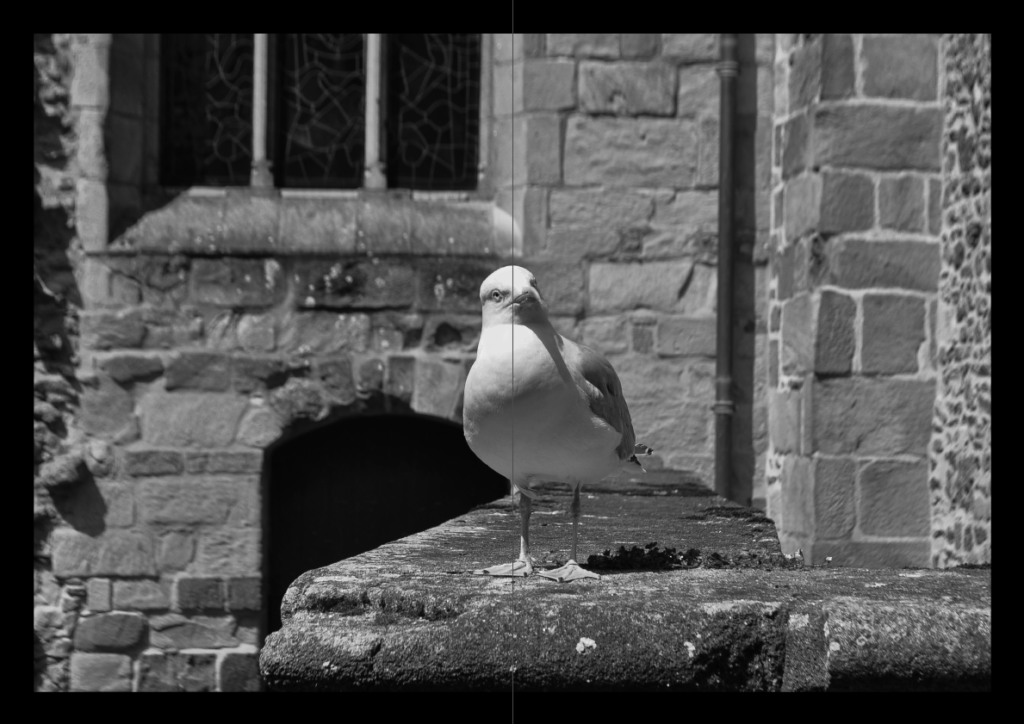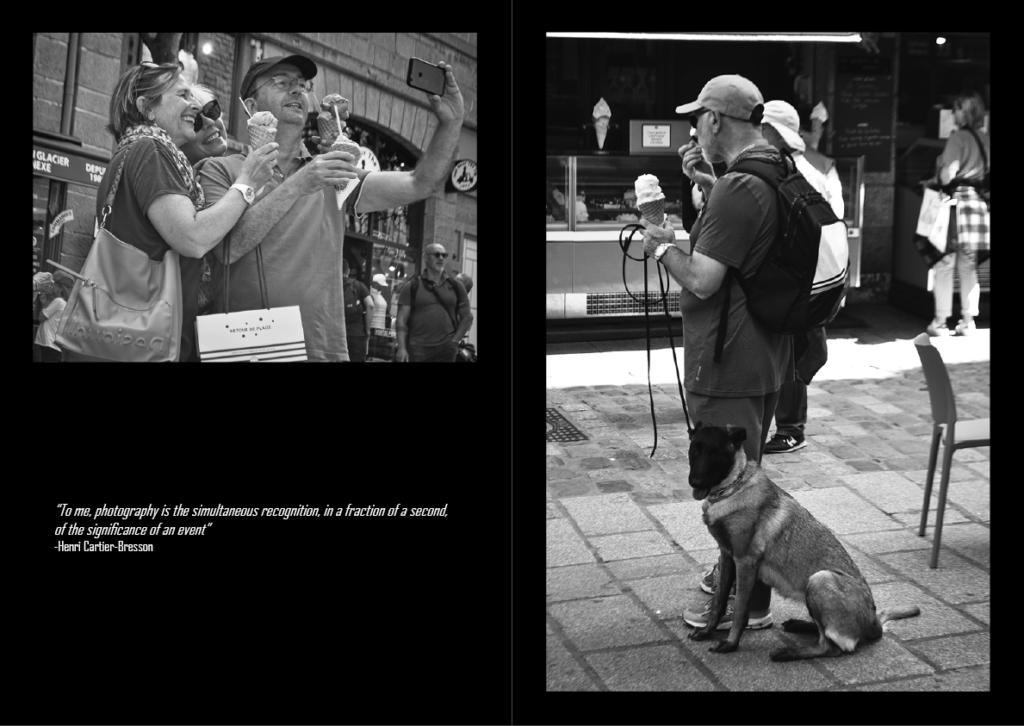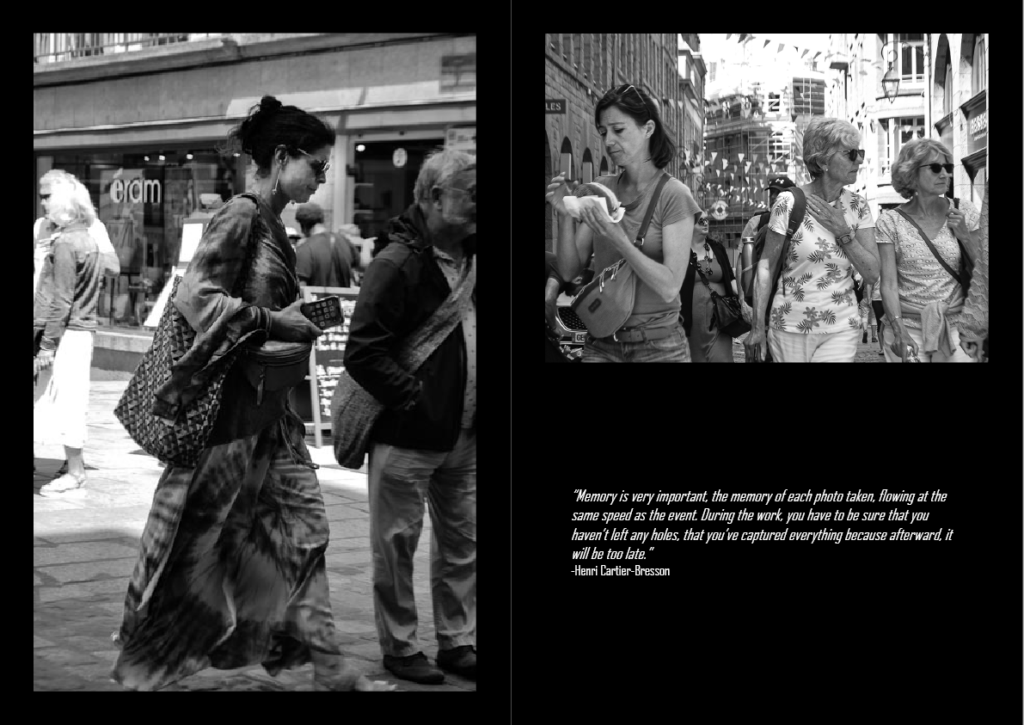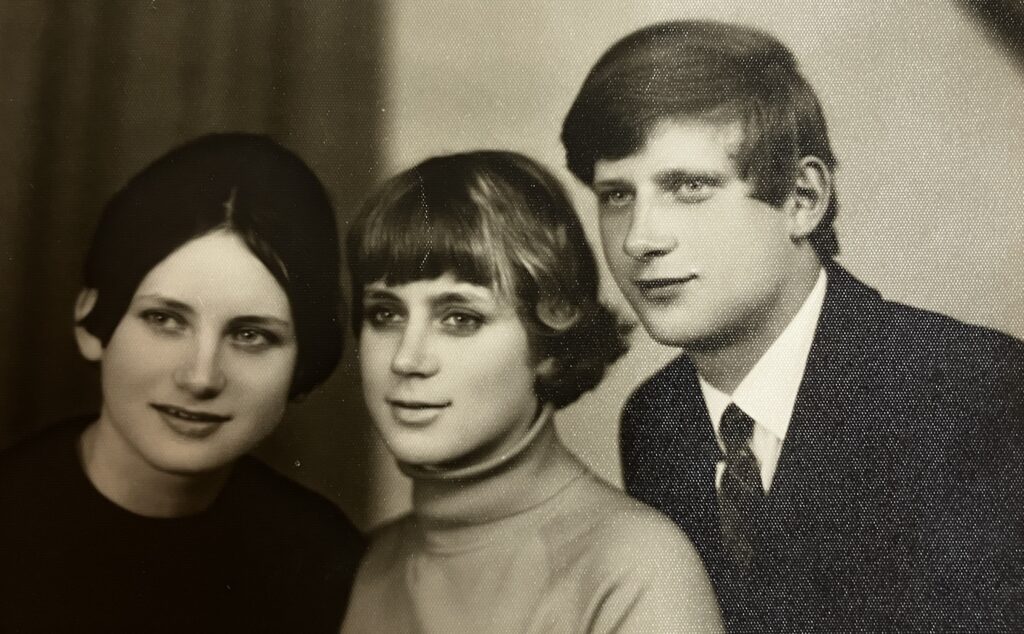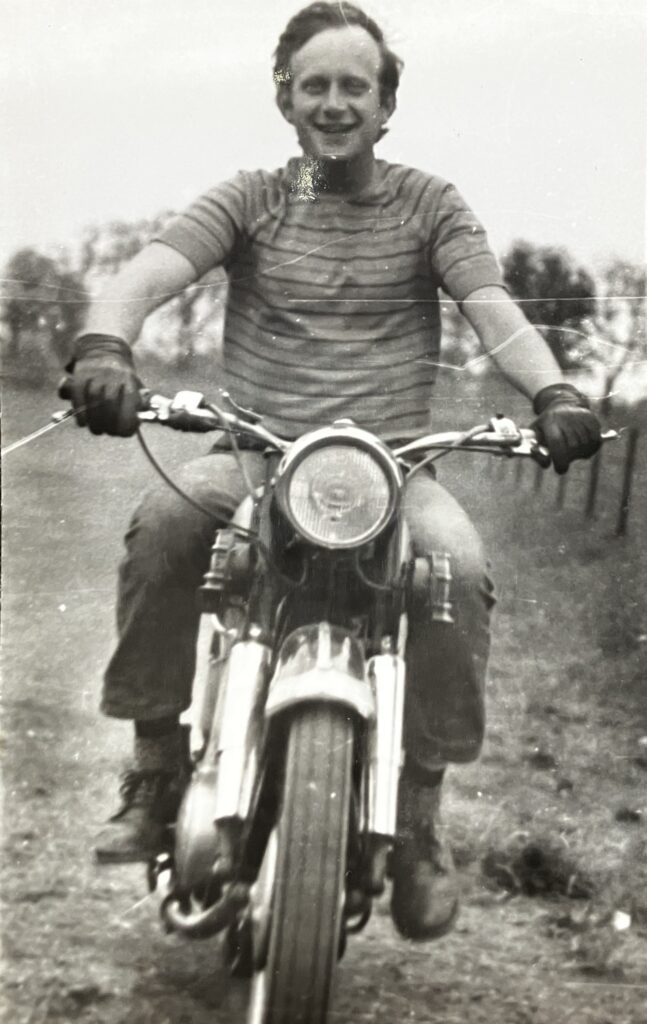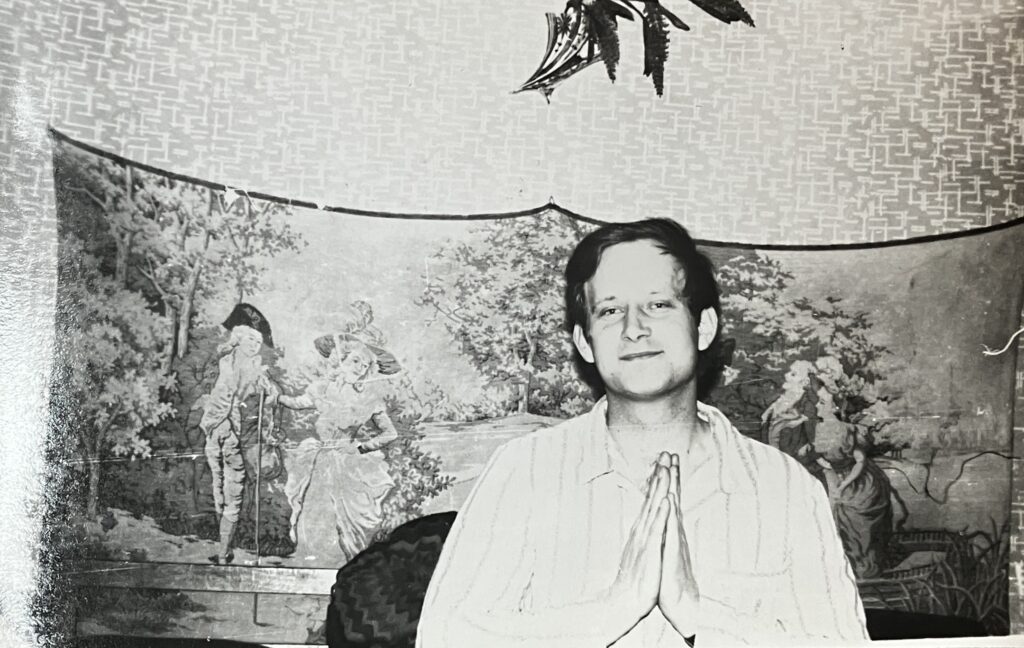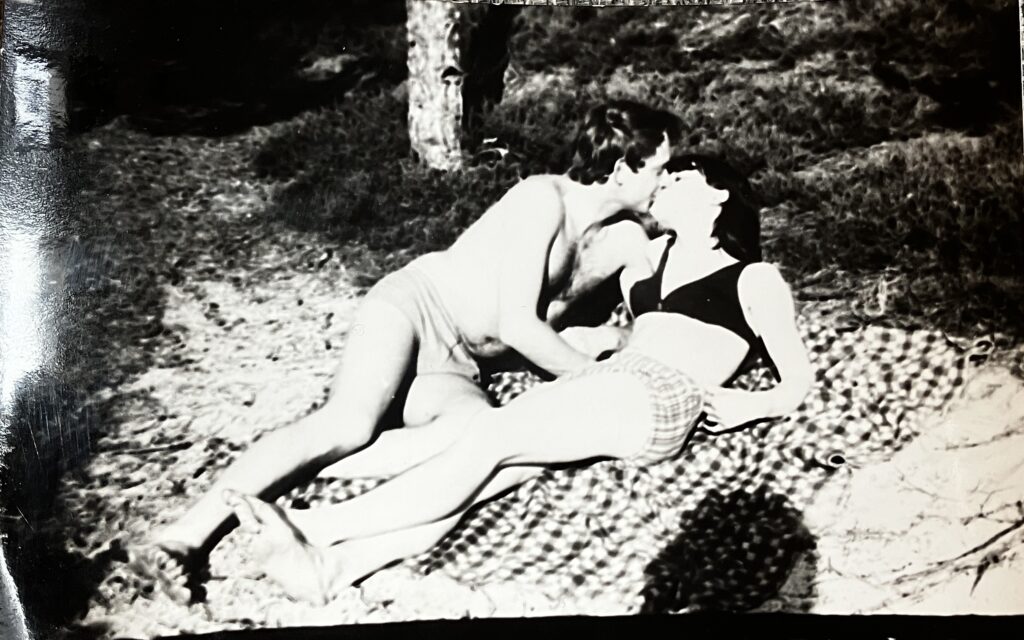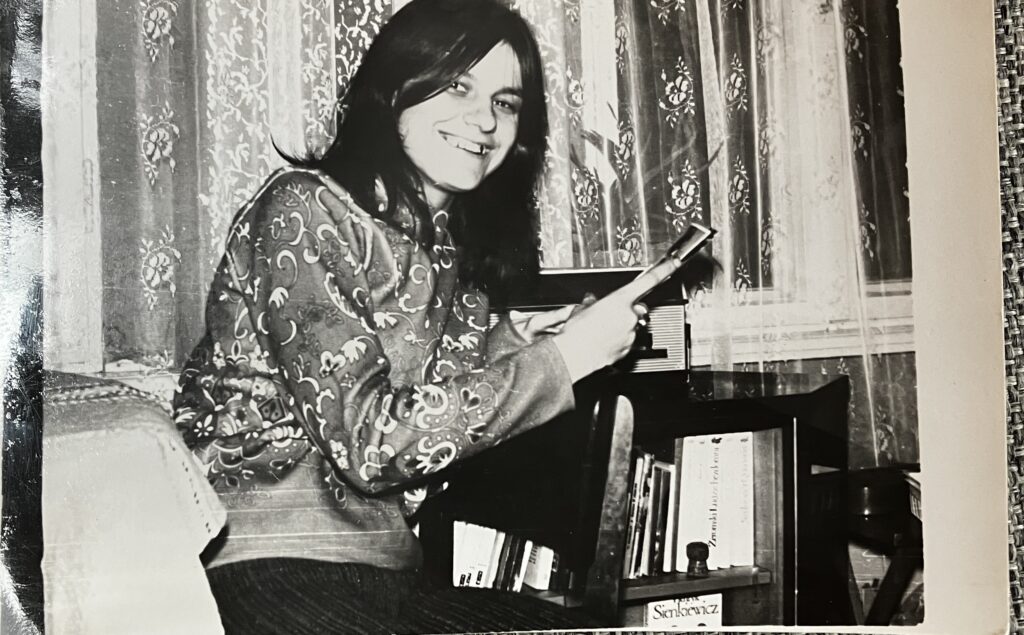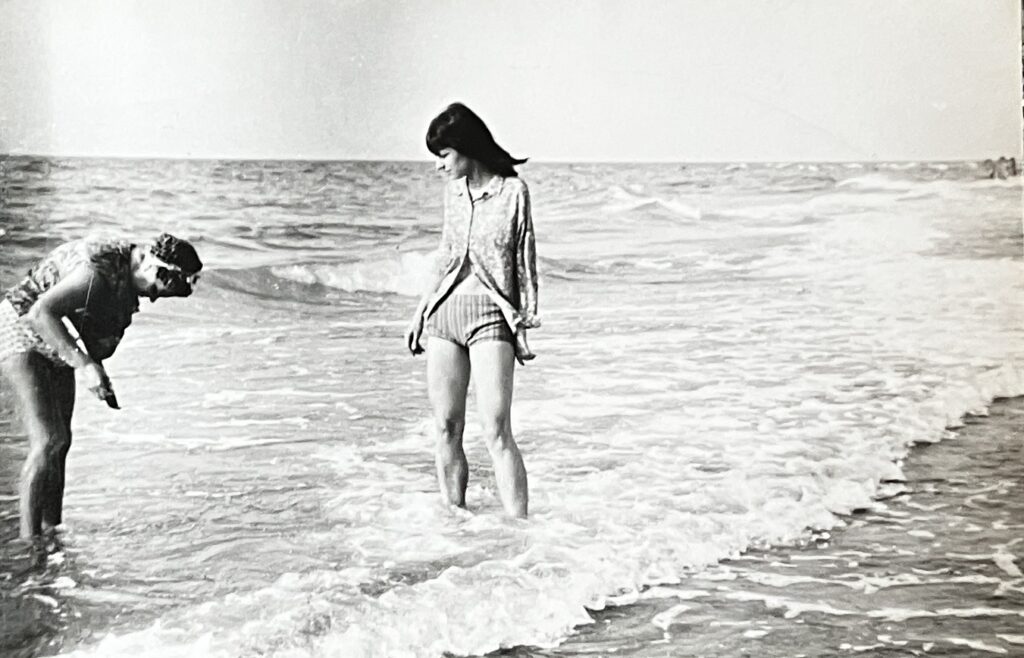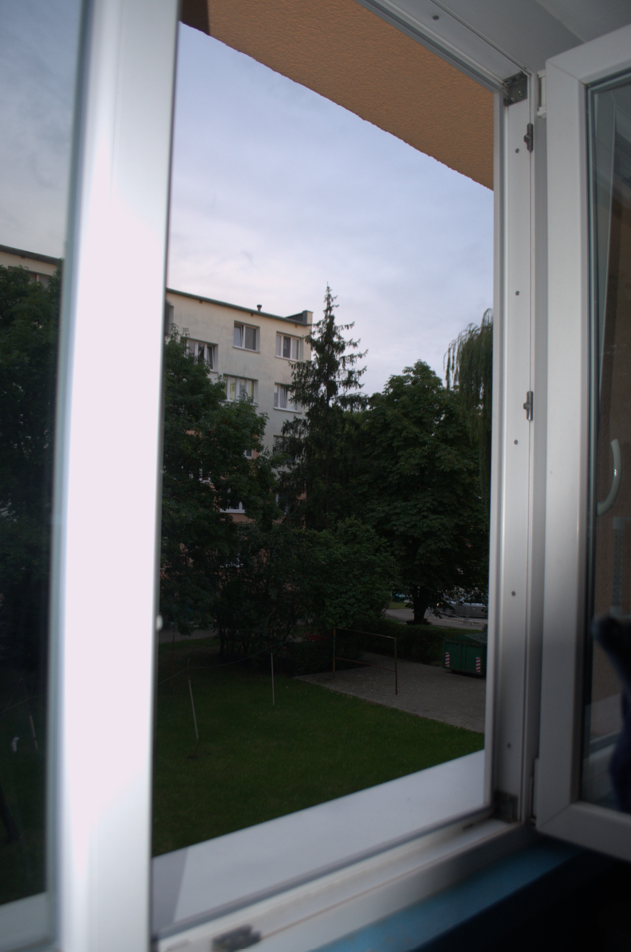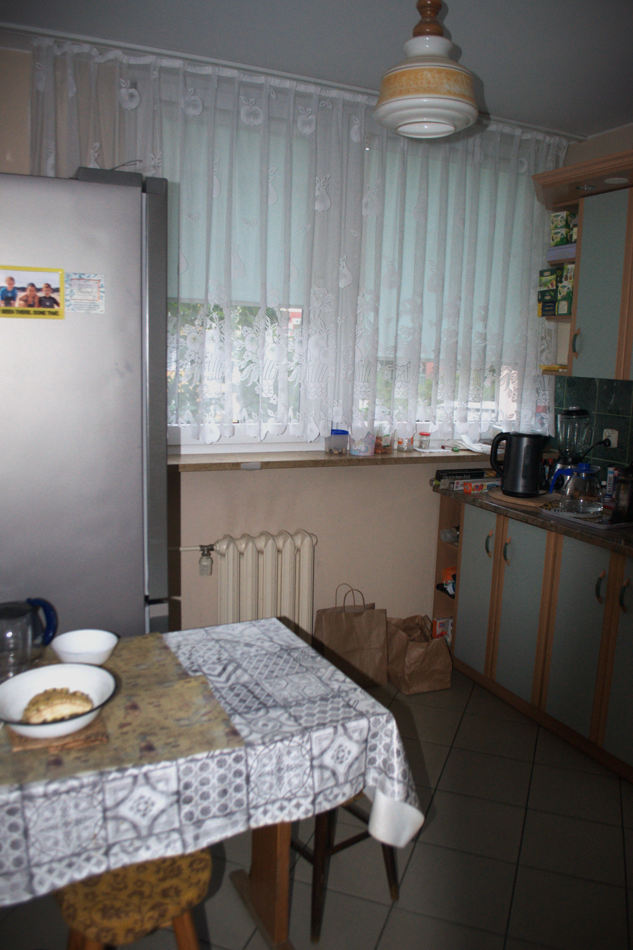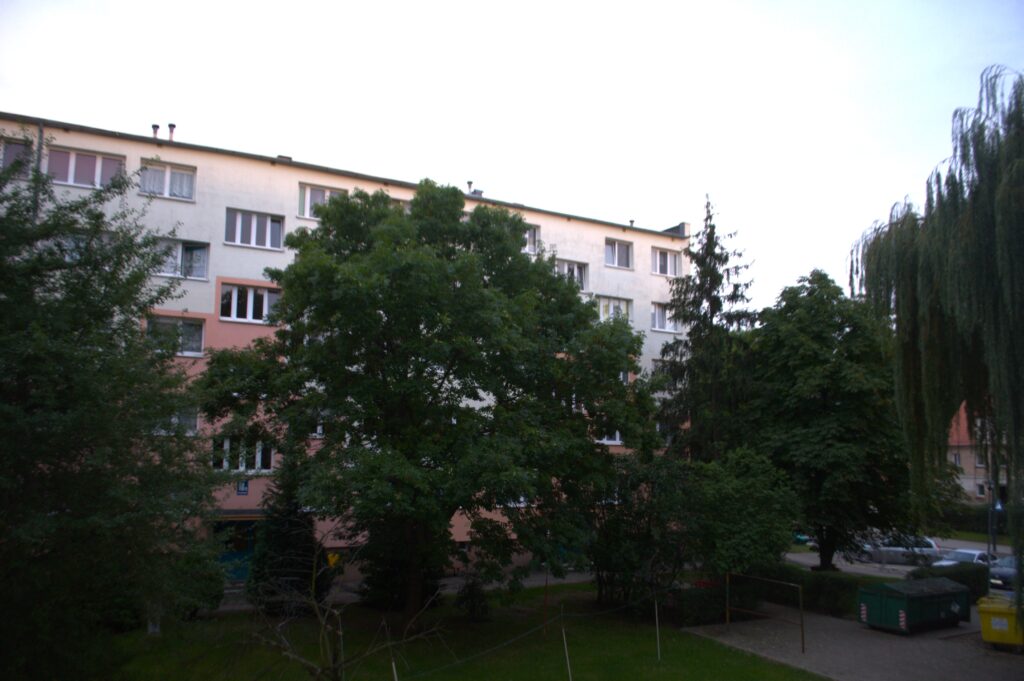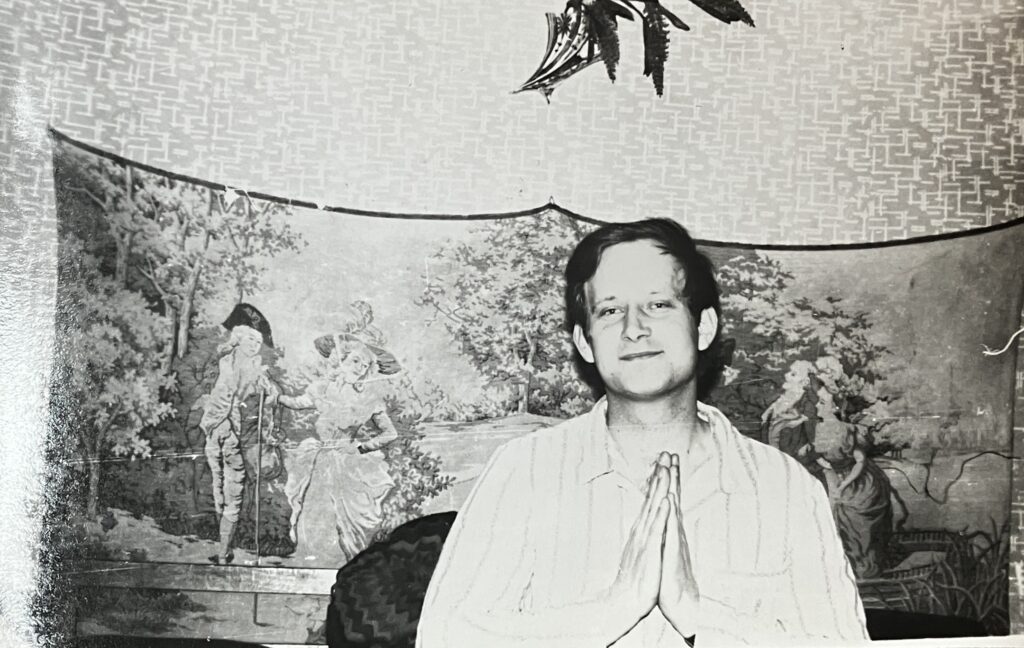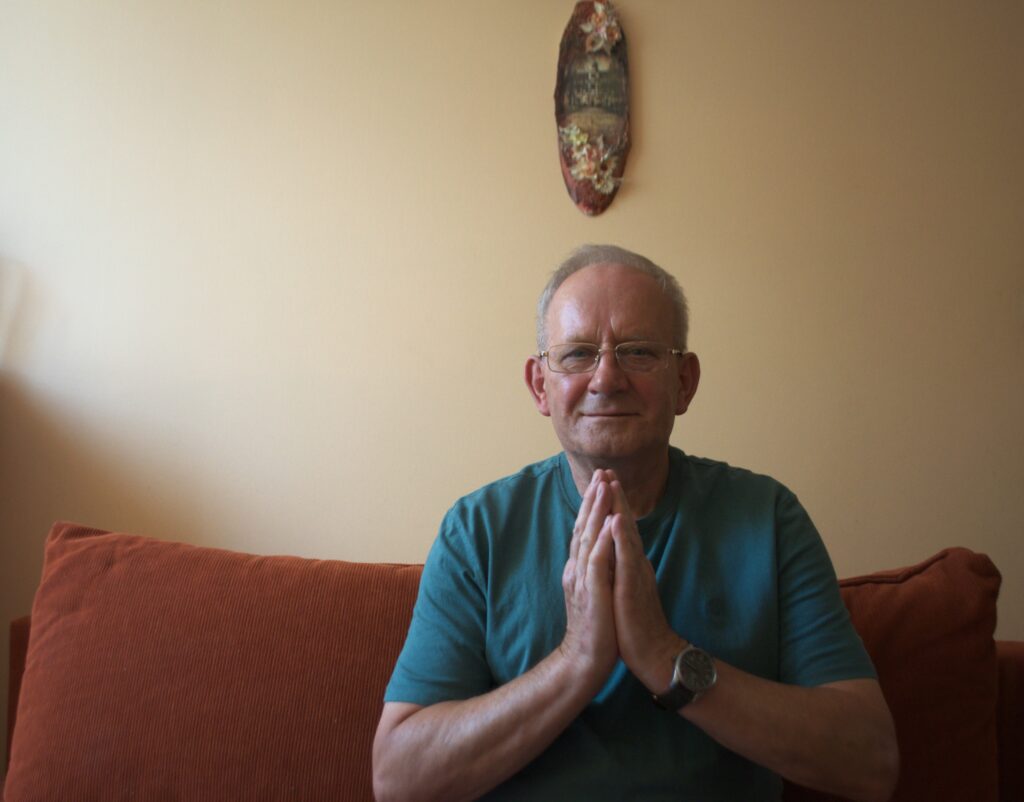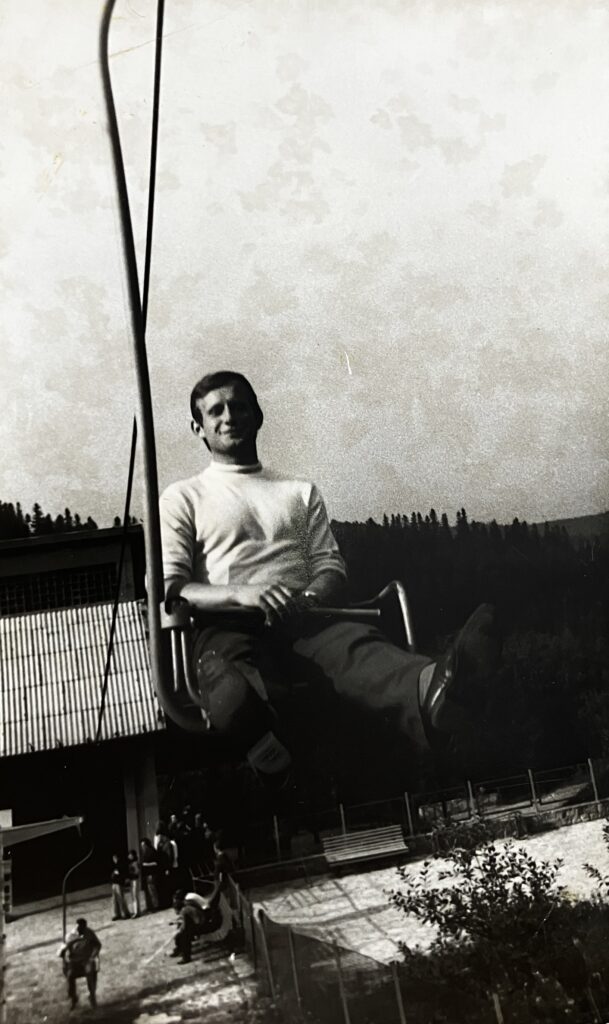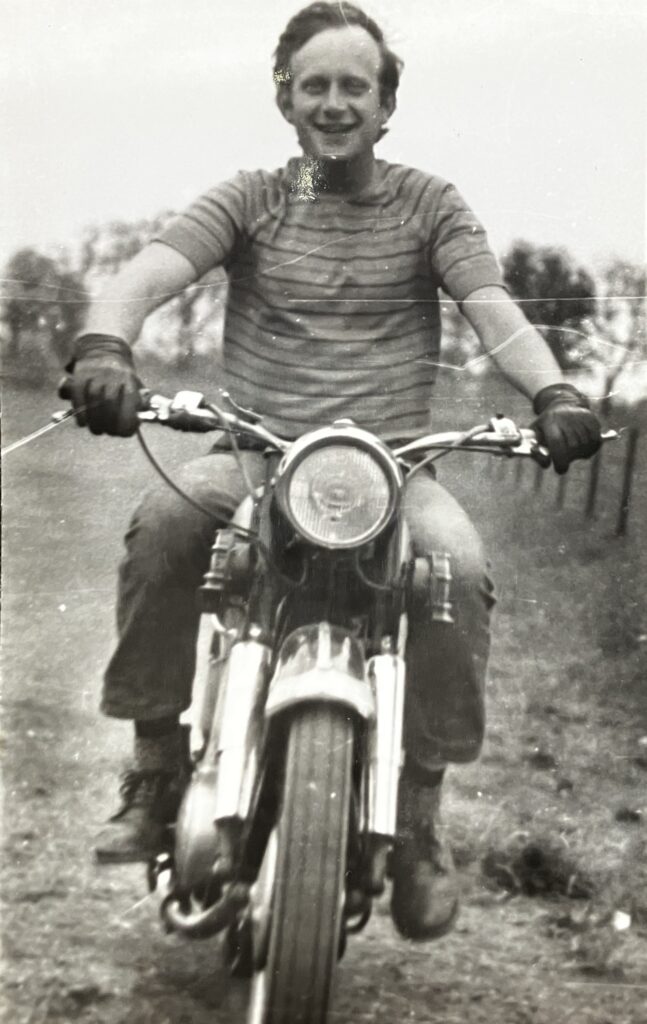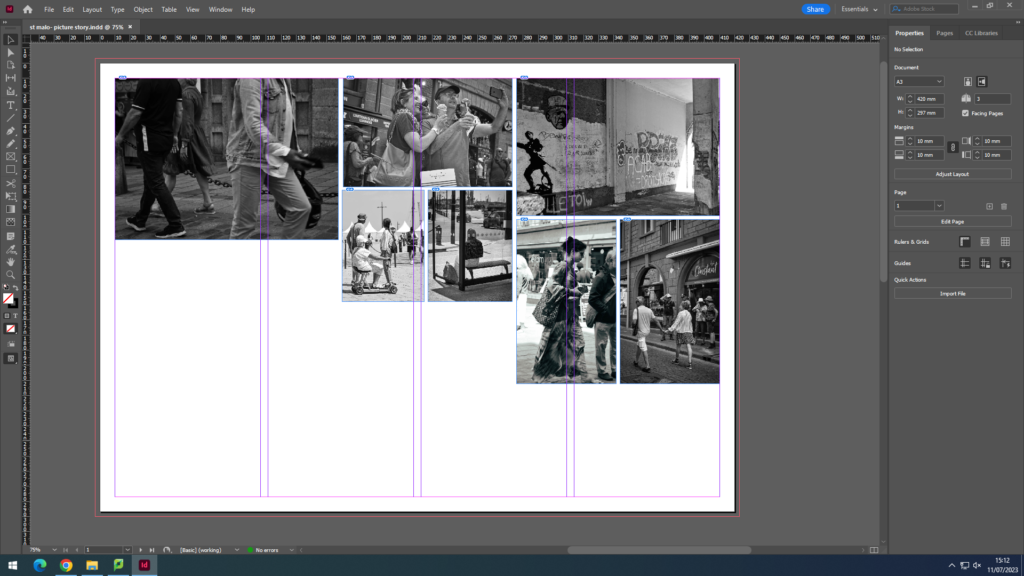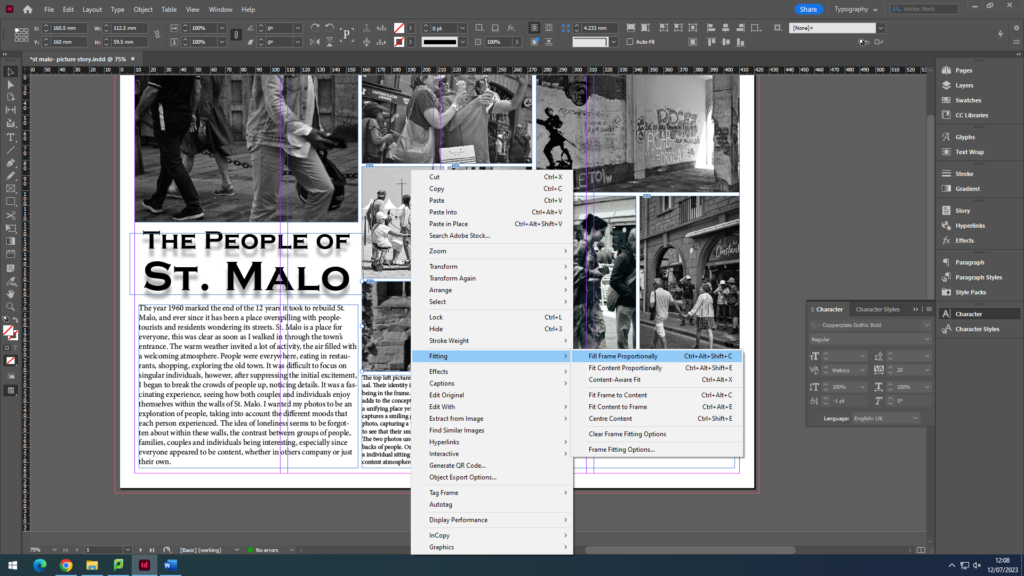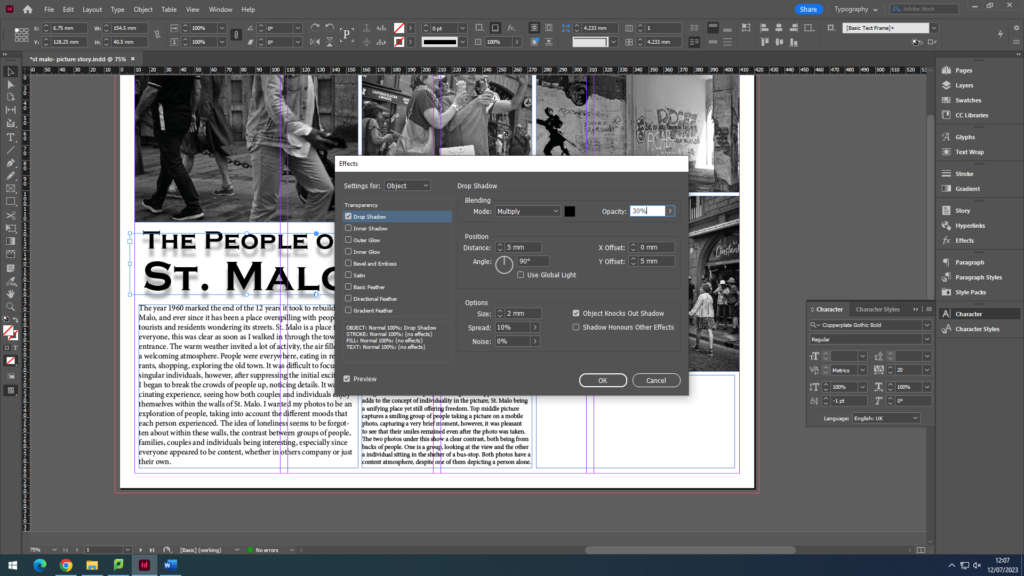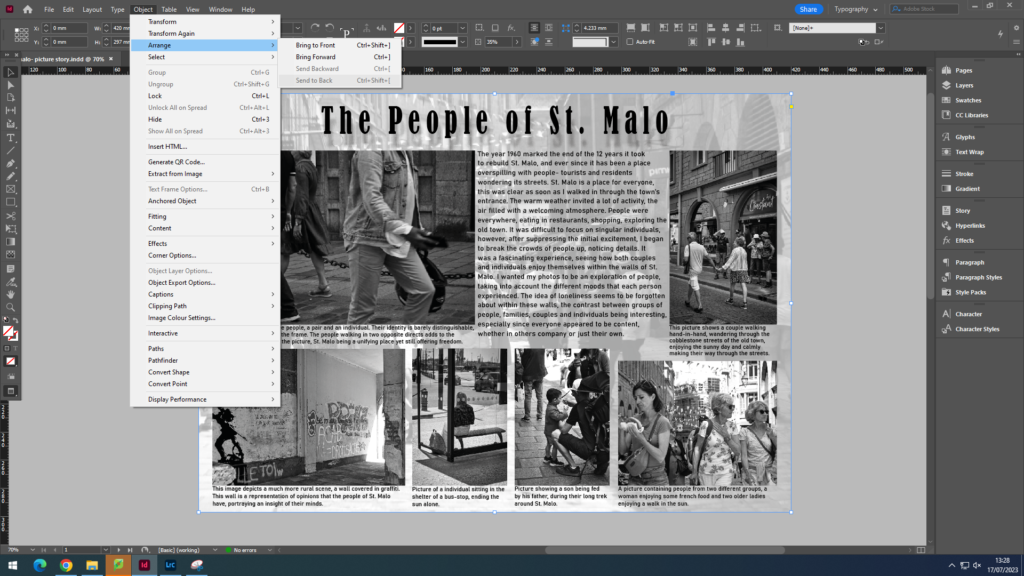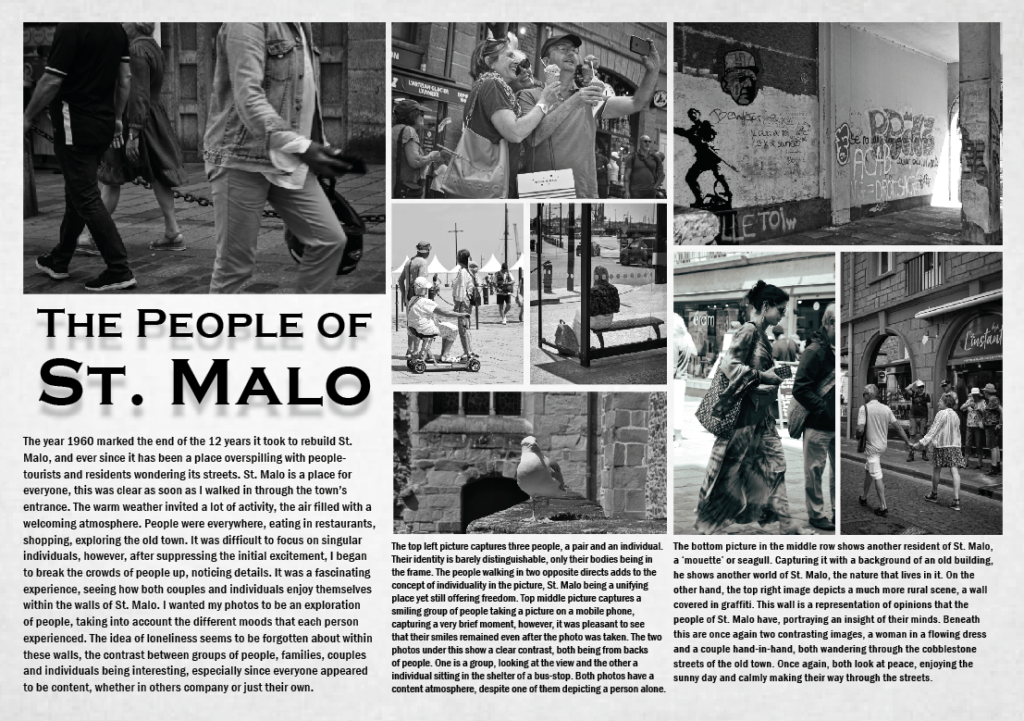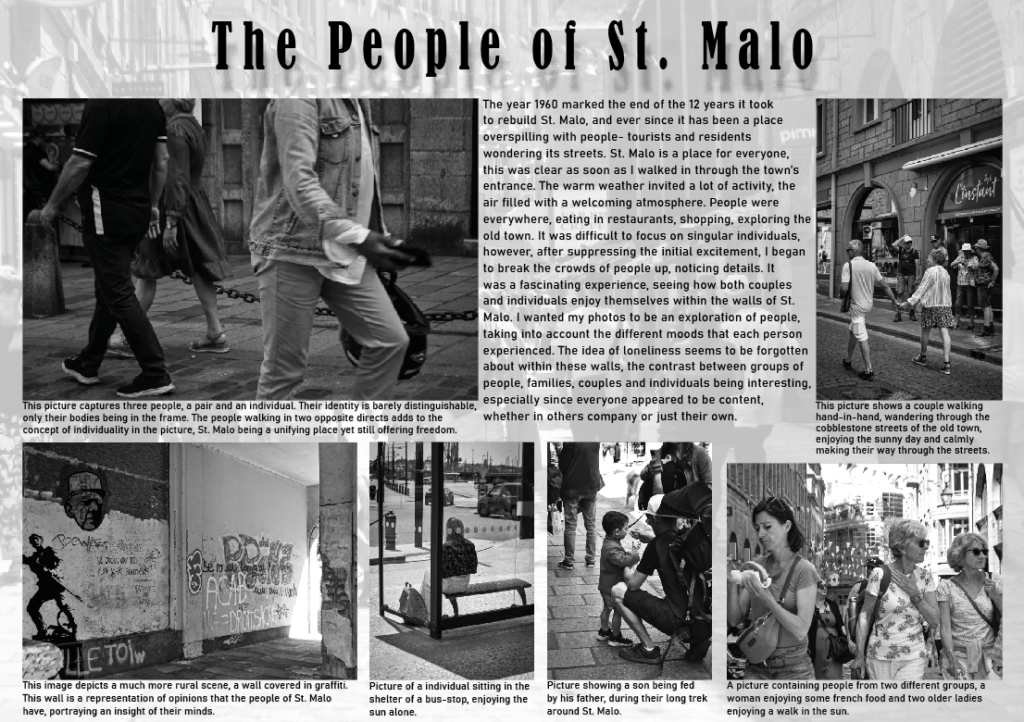
The Société Jersiaise Photographic Archive (SJPA) contains over 125,000 items dating from the mid-1840s to the present day. It is the Island’s principal collection of nineteenth and early twentieth-century photography and reflects a rich history generated from our geographical and cultural position between Britain and France, two nations that were prominent in developing the medium.

During the trip, the class listened to a presentation from two people in the industry about how the archives are stored and sorted. We learnt that they take archival donations of photographic materials, causing their collection to rapidly grow each day.

Due to the Elizabeth Castle project, I photographed this old map of Elizabeth Castle.
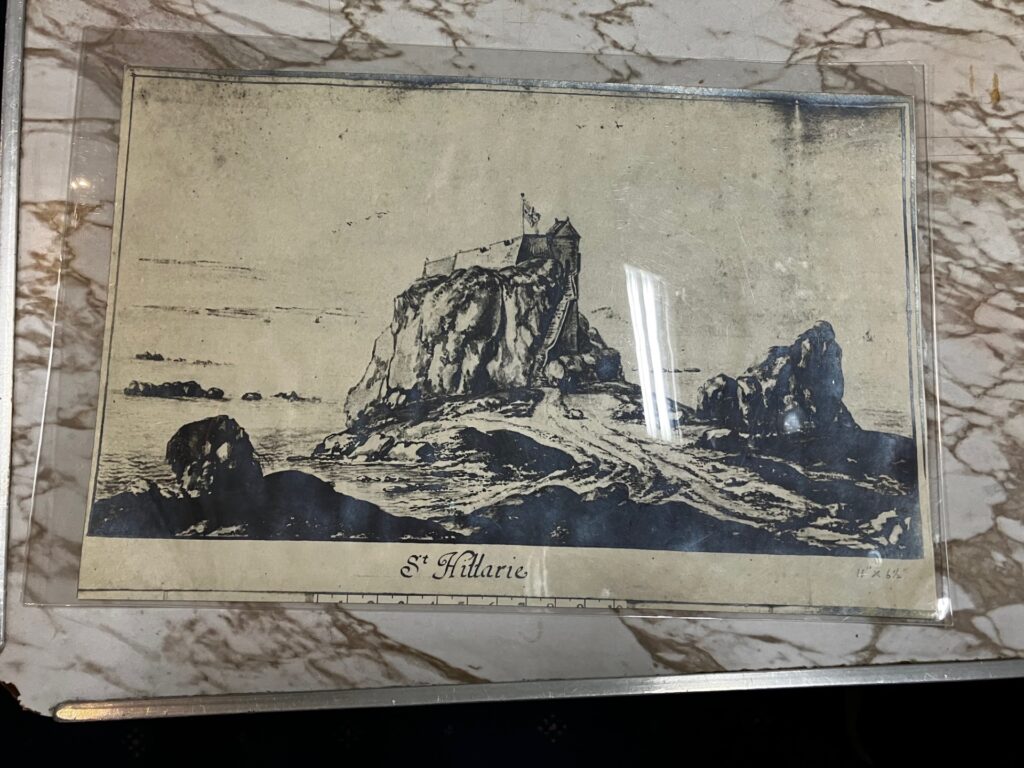
I also found this drawing of St. Helier’s hermitage, before the breakwater connecting it to the castle was built.

These pictures of Elizabeth Castle and Gorey Castle were also quite interesting, showing what the castles looked like in the past.

On their website (above) it is mentioned how ‘we hold over 15,000 portraits of named individuals, together with views of every bay, valley and vista across the Island. Our collection offers a detailed visual record of Jersey and Channel Islands history and is an excellent representation of technical and aesthetic developments throughout the photographic era.’

